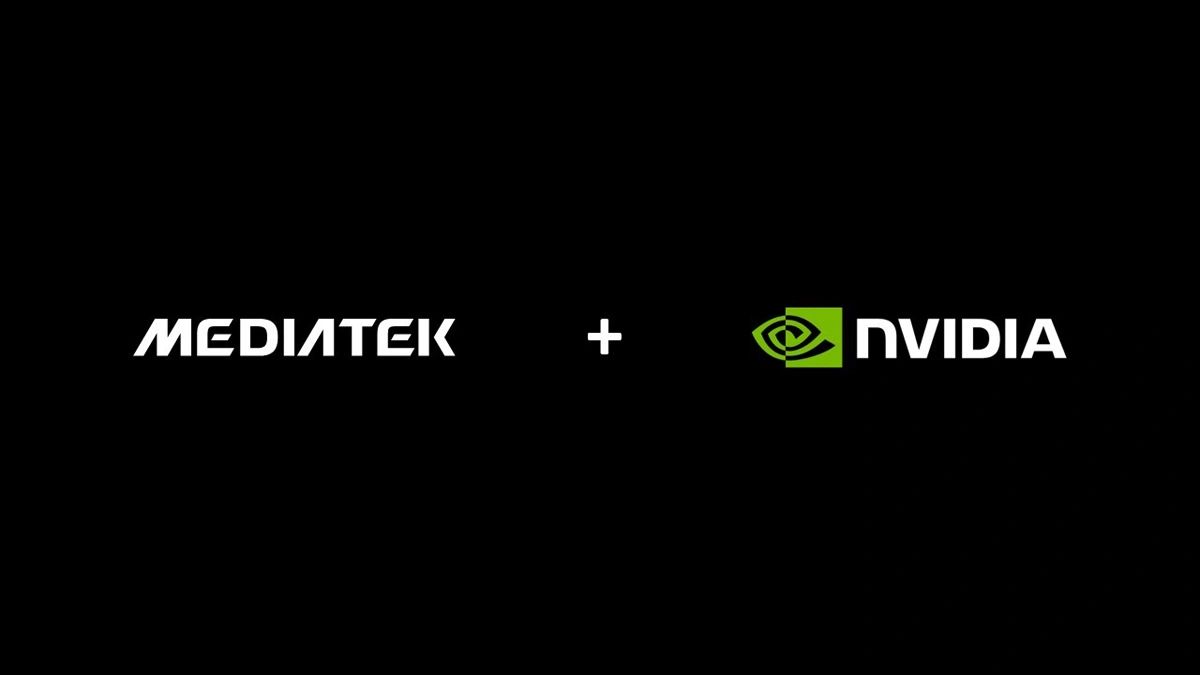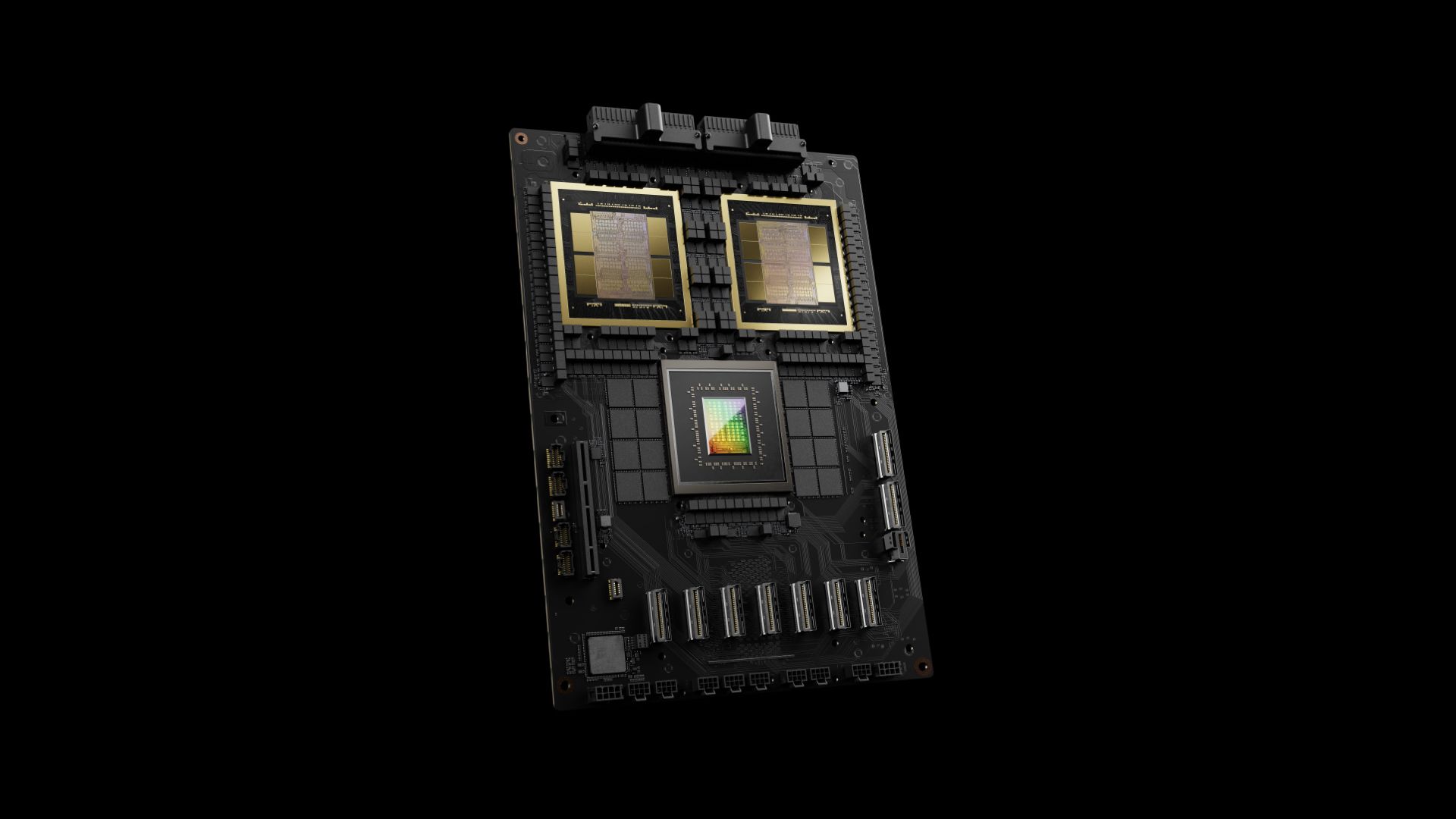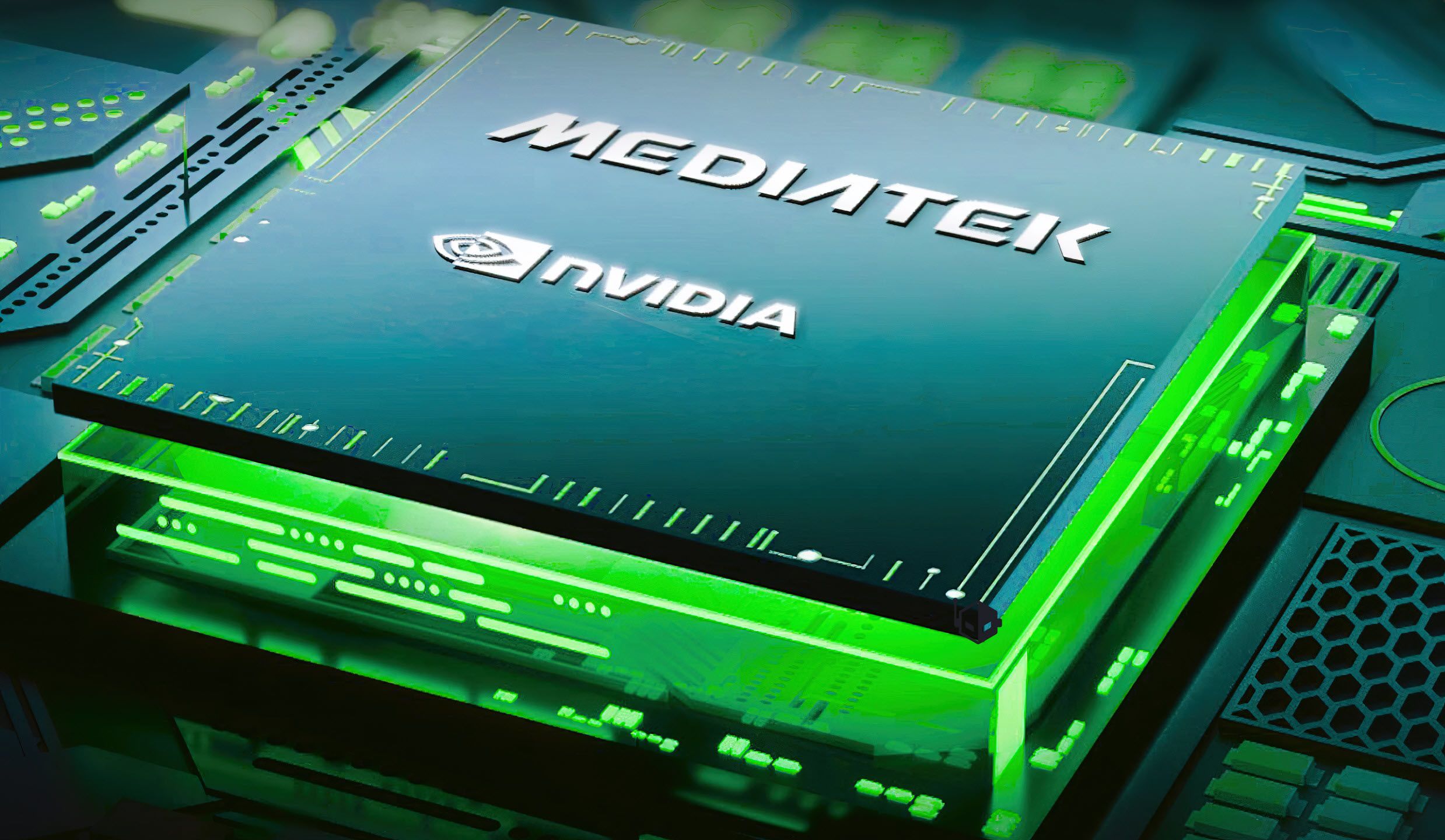How Nvidia and MediaTek Are Building the Future of Gaming Laptops

We all love our clunky, hot, heavy, and not exactly what you’d call power-efficient machines that are gaming laptops. A little more emphasis on the hot and lack of power efficiency though...
However! that’s about to change in a big way. Nvidia, the name behind many of the most powerful gaming GPUs in the world, is teaming up with MediaTek, a leading chip manufacturer, to build a new kind of processor that might just redefine what a gaming laptop can be. And yes, it's built on Arm architecture — the same tech that powers your smartphone.
This development isn’t just exciting for gamers. It’s a big deal for game developers too, especially those of you studying to enter the industry. If you're a student currently working on indie titles, optimizing game engines, or learning about cross-platform performance, pay attention. Because what Nvidia and MediaTek are doing could change the landscape you’ll be building games on.
What’s Actually Happening?
Nvidia and MediaTek are reportedly developing a new accelerated processing unit (APU) that pairs an Arm-powered CPU with Nvidia’s Blackwell GPU — the same next-gen architecture that’s powering some of Nvidia’s most advanced systems.
Early leaks suggest we could see this hybrid chip powering Alienware laptops as early as late 2025. Think about that: A sleek, portable gaming laptop that’s power-efficient and ridiculously fast — all built on Arm instead of the traditional x86 architecture that most PCs use.
Why This Matters for Game Developers
This move signals a huge shift in how games are going to be built and optimized.
If Arm-based laptops become the new norm, developers will have to start designing and testing their games for Arm architecture. That means new workflows, new optimization techniques, and a broader understanding of performance across platforms.
For students studying game development, this is a golden opportunity. You’re at the perfect stage to start adapting your skills. Learning to work with Arm early puts you ahead of the curve — especially since Apple’s M1/M2 Macs already run on Arm and have taken the dev world by storm.
You’re not just learning to build games; you’re learning to build for the future of gaming hardware.
Gamers, Rejoice — This Means Better Laptops
If you’re more on the player side of the spectrum, this news is still huge.
We’re talking about laptops that could offer high-end gaming experiences without the fan noise of a jet engine or the battery life of a soggy match. Arm chips are famously power-efficient, and pairing that with Nvidia's Blackwell architecture means you won’t have to compromise on performance.
Longer battery life, thinner form factors, cooler temps — all with the graphical fidelity you expect from a beastly GPU.
You’ll be able to game harder, longer, and more comfortably — maybe even on the go.
The Bigger Picture: Windows on Arm
This move is part of a broader push to make Windows on Arm a mainstream reality. For years, Microsoft and chip makers have flirted with the idea of bringing full desktop power to Arm devices. With Apple already showing that it can be done, Nvidia and MediaTek are now throwing their hat into the ring — but with a gamer-first mindset.
For developers, it means better tools and SDKs coming your way. For gamers, it means choice — not just between brands, but between entire architectures.
A Final Word for Students
If you’re studying game development right now, this is the moment to tune in.
Start experimenting with Arm devices. Learn about Vulkan and how to optimize rendering pipelines across platforms. The game industry isn’t standing still, and neither should you. The students who adapt early are the ones who will build the next generation of blockbuster titles — or the next indie hit that goes viral on Steam.
So whether you’re coding your first prototype or grinding ranked in Valorant, remember: The hardware is changing — and with it, so is your future.
Stay sharp. Stay curious. The next level is loading.




